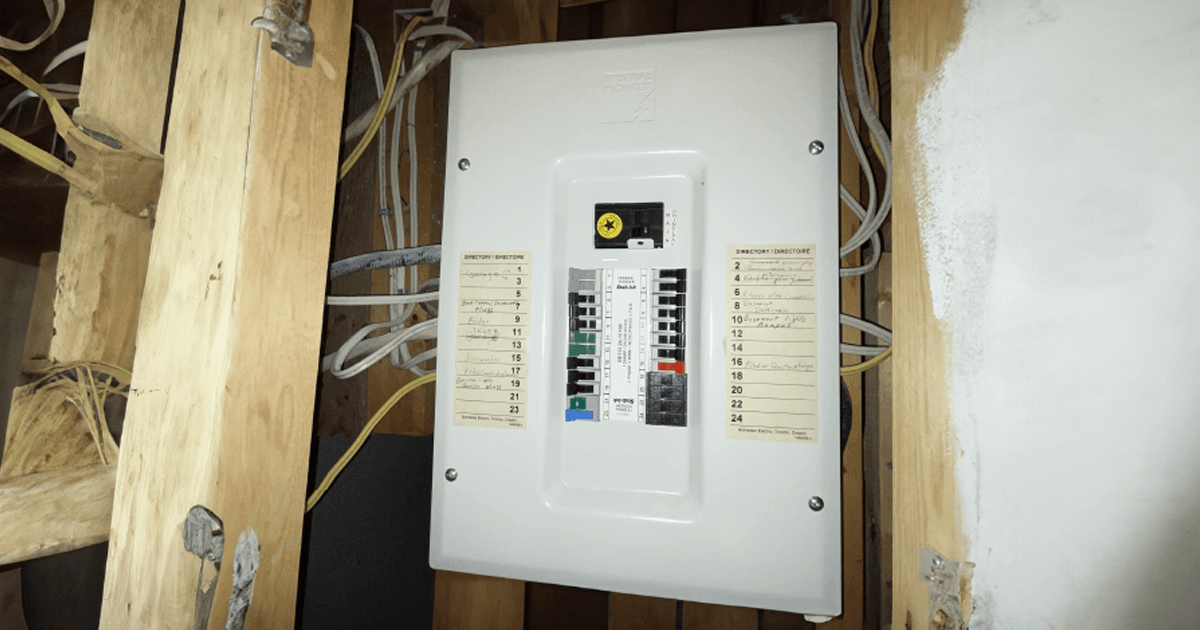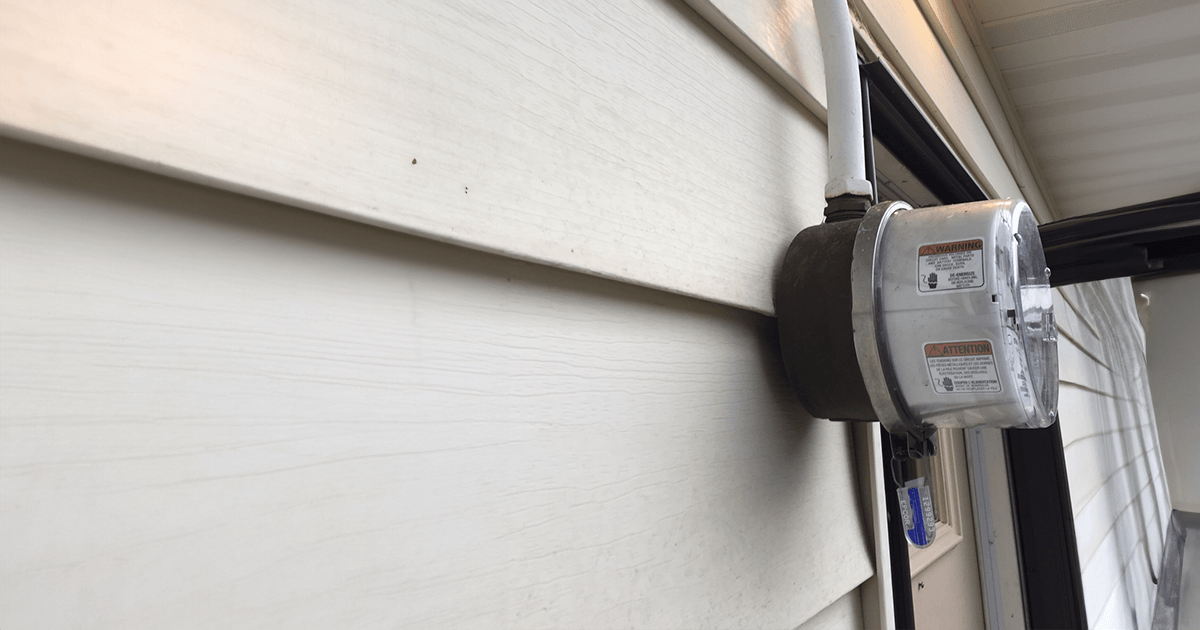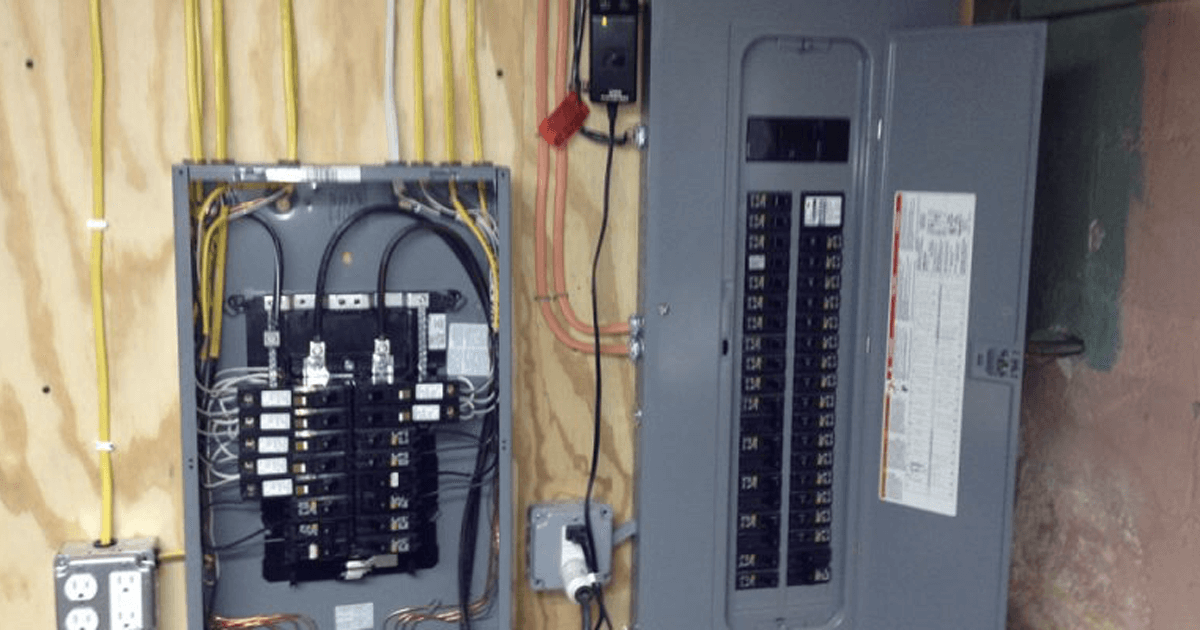When considering a solar panel installation, there are federal and provincial codes and calculations that must be considered. Upgrading an electrical panel to a larger “BUS RATING” is a common thing. The bus rating is the manufacturer’s allowable capacity of the electrical panel. Sometimes, a 100 amp service may require an electrical panel with a 125 amp bus rating in order to meet the calculations required for solar installations. A 200 amp service panel may require a 225 amp bus rating for larger solar panel installations.
Reasons to Upgrade
The age of an electrical panel is another consideration. Some manufacturers will go out of business and replacement breakers won’t be available. Some electrical brands are well documented to have inherent problems with not turning off when they are designed to, causing overloads, overheating, and possible fires.
You may just need more breaker space for renovations and extra loads like hot tubs and EV chargers. Adding a subpanel beside the existing one to accommodate additional breakers is sufficient for some, while others prefer a larger panel.
What’s Involved with a Panel Upgrade?
There are many factors to consider when upgrading an electrical panel. The new panel must meet code requirements of 1.7m from the floor to the highest breaker. If the existing panel is too high and the new one needs to be lowered, the incoming wires from the outside service must be lengthened. If the new panel is lowered, then some of the branch circuit wires that were fed into the old panel may need to be lengthened in order to terminate them into the replacement panel. If the new panel needs to be lowered, the wire grounding the old panel may now need to be replaced because it’s too short. It is against code to splice the service ground wire. It’s much easier to install a new panel if the old one wasn’t too high.
New Manufacturers Mean New Breakers
When you upgrade an existing original electrical panel, it is always smart to consider upgrading to a larger capacity supply service, for instance, 100A to 200A. These types of considerations are usually done to increase the capacity for things like hot tubs and EV chargers. For houses built after the mid-1960s, this may be very expensive because your incoming wiring is underground. If your house was built before the 1960s and your service is overhead, it’s a lot easier and less expensive.
In order to upgrade a panel with a modern manufacturer, you must install new breakers to match the existing ones. This upgrade will give you peace of mind that the new breakers are safe and dependable.
Another benefit of upgrading your panel is that you can ask your electrical contractor, along with a permit, to trace and redo the panel directory. Having the directory checked and updated is a smart idea so that you’ll know how to disconnect the power to the affected area in case of an emergency.
The City of Edmonton requires that any changes made to an electrical service be brought up to today’s code. In some cases, it may be necessary to add to or change the outside METER SOCKET.






